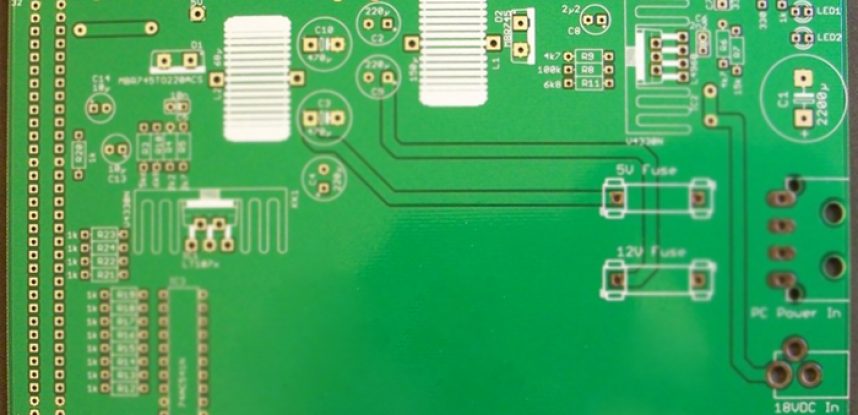Counterfeit Mitigation: The Trouble with “Tagging”
When the subject of counterfeit mitigation and avoidance comes up you generally find a couple of areas that people focus on: standards, test/inspection, and tagging.
Tagging can involve many things, including specially etched marks, marks that show up only under certain lights, rare earth tags, and DNA tags. In general, these marks rely one or more of the following requirements:
Sufficient complexity that it is impossible to reproduce, such as DNA marking.
A specific “recipe” or mixture that could be analyzed for authenticity, such as rare earth or spectral tags.
Traceability either back to the original manufacturer or an identified point in the supply chain, such as etched “coded” images.
Possible to match up with specific, known manufacturing details, such as encrypted verification codes or “enrolled” surface maps.
Unfortunately, to be truly effective, tags should be applied before they leave the manufacturer (impractical for several reasons), and even then they won’t solve supply chain issues.
The embedded supply chain is critical when it comes to managing legacy systems and the need for cross-industry collaboration to ensure quality, non-counterfeit parts is not to be underestimated. However, as a company who works on the system level, we have found it is too easy to stay focused on the symptom of counterfeits without looking at the bigger picture: the need to support an entire legacy program. This is why we are looking forward to sharing more about this subject at the upcoming SMTA International conference, where Kaye Porter will be presenting her latest paper: Legacy Management: Cross-Industry Sustaining Engineering and Managing Obsolescence Counterfeit Risk.
The GDCA Team




